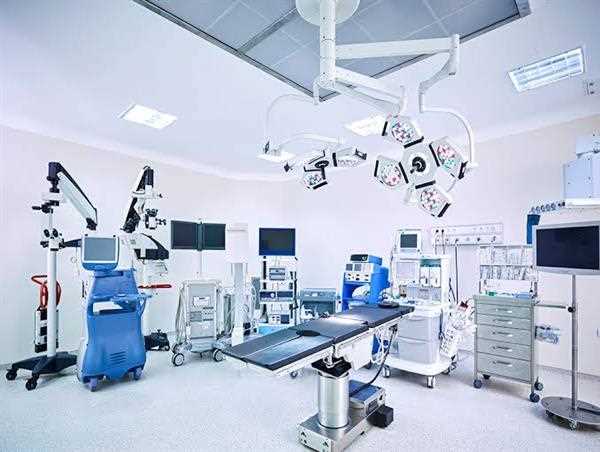India faces several challenges in providing adequate medical facilities to its population. While progress has been made in recent years, there are several factors contributing to the perceived lack of medical facilities in the country:

- Population Size and Density: India is the second-most populous country in the world, with a large and diverse population. The sheer scale of the population, along with the concentration of people in urban areas, puts immense pressure on the existing medical infrastructure and resources.
- Healthcare Infrastructure: India's healthcare infrastructure is often inadequate, particularly in rural areas. There is a shortage of hospitals, clinics, and healthcare centers, leading to limited access to medical facilities, especially in remote and underserved regions.
- Unequal Distribution: The availability and quality of medical facilities are unevenly distributed across the country. Urban areas tend to have better healthcare infrastructure, with access to advanced medical facilities, while rural areas and economically disadvantaged regions face significant challenges in accessing basic healthcare services.
- Healthcare Workforce Shortage: India faces a shortage of healthcare professionals, including doctors, nurses, and paramedical staff. This scarcity is particularly prominent in rural areas, where healthcare professionals are less inclined to practice due to inadequate infrastructure, limited resources, and lower remuneration.
- Financial Constraints: The cost of healthcare services can be prohibitive for many Indians, especially those belonging to low-income groups. High out-of-pocket expenses and limited health insurance coverage result in financial constraints that prevent people from seeking appropriate medical care when needed.
- Health Inequalities: Socioeconomic disparities contribute to the lack of medical facilities in certain regions. Marginalized communities and economically disadvantaged populations often face greater challenges in accessing quality healthcare due to factors such as limited transportation options, poor sanitation, and inadequate health education.
- Disease Burden: India faces a high burden of communicable diseases, non-communicable diseases, and public health challenges. Addressing these health issues requires a robust healthcare system capable of providing preventive, diagnostic, and treatment services to a large population.
- Infrastructure Maintenance and Upgradation: Existing medical facilities need regular maintenance and upgradation to meet the growing healthcare demands. Insufficient investment in healthcare infrastructure development, equipment, and technology can limit the availability and quality of medical services.
- Policy Implementation and Governance: Effective implementation of healthcare policies and governance is crucial for the development and maintenance of medical facilities. Challenges such as bureaucratic delays, inadequate coordination between different levels of governance, and corruption can hinder the progress of healthcare infrastructure.
Addressing these challenges requires sustained efforts from the government, healthcare institutions, and stakeholders. It involves increased investment in healthcare infrastructure, improving the distribution and accessibility of medical facilities, addressing workforce shortages, implementing universal health coverage, and strengthening health systems at all levels. Additionally, empowering and engaging communities, particularly in rural areas, through health education and awareness programs can contribute to improving the overall healthcare landscape in India.